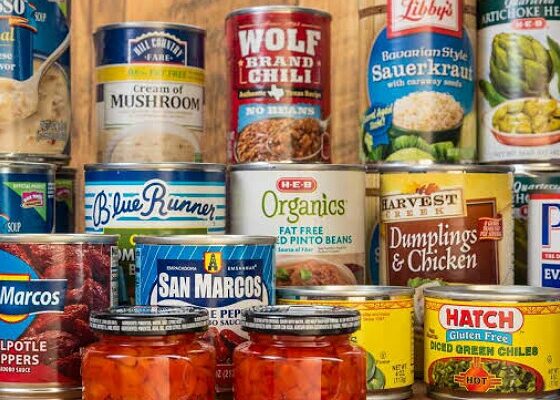People want to eat healthily. But the rising food costs are a hurdle. It is getting worse by the day. Here are some tips on how to maintain healthy eating in the midst of inflation.
The rising food costs and the UK
The world is facing a crisis. The cost of living has increased enormously. The energy bills are high and there has been rising food costs too. December 2022 saw the worst figures in inflation. And Christmas celebration was hit badly.
The UK food price inflation reached a record high of 13.3%. This pushed up the prices of cupboard staples and food essentials. The prices of pasta and tinned foods increased exorbitantly. And fresh foods that are in the healthy category saw the maximum price hike. The reasons of food costs soaring high are high energy bills, high cost of animal feeds, and high cost of fertilizers.

People are forced to prioritize their spending and cut down the expenditure on non-essentials. But eating also is negatively affected. How to continue to eat healthily amidst this soaring food prices? Here are some tips for it.
Opt for cheaper brands of ingredients
Dietitian Tai Ibitoye reveals:
‘Usually, the cheaper options are not always positioned at eye-level,’
‘So it is worth checking the bottom or top shelves.’
Tai suggests this for busy people:
‘In some supermarket websites, you can refine the search to display food items from “low to high” prices and opt for the cheapest options,’
Bulk ordering online can reduce your food costs. Also, the supermarket brands are usually cheaper. They have value or essential or basic label on it. Dietitian and author, Azmina Govindji advises:
‘Nutritionally, they’re likely to be very close to the more expensive versions,’
Swap costlier for cheaper substitutes in recipes

Be simple but healthy in meal preparations. Try to get innovative and creative and replace costlier for cheaper substitutes in recipes. Use dried lentils in preparation of soups, stews, etc. They will provide protein and fiber in a cheaper way. Seeds and grains can add color, crunchiness, taste and nutrition to a dish.
Add variety to meals
Healthy eating is consuming 30 different plants in a week. You can use cupboard staples and make the most of it by adding them to make novel and varied dishes. Alternatively, you can add herbs and spices. And these can be home grown to cut costs.
Go for canned, frozen or long life foods
Fresh or frozen foods are more expensive compared to canned or tinned foods. The latter have a longer shelf life and are convenient to use. Moreover, frozen foods are cheaper than fresh foods with similar nutritional benefits. Nutritionist Rhiannon Lambert explains:
‘Frozen items, such as meat or fish, tend to be cheaper than most fresh produce so these are a great option if you’re looking to save some money.’
Prefer unprocessed whole foods
The unprocessed foods are healthier. In place of bread crumbs, use porridge oats for coating fish, meat etc. Rice fills the stomach and is cheaper.
Find out the discount days and times in supermarkets

Check on the day and time of the day when supermarkets sell the same products at a bargain. Grab them at that time to reduce your food costs.
Use freezing techniques to avoid food waste
Also, read Banana peels: know all the uses and benefits of this food waste!
Freezing preserves food and in some cases, healthifies it. Azmina elaborates:
‘Freezing alters the structure and lowers the glycaemic index of the bread,’
‘This helps your blood glucose go up and down more slowly, which can keep your energy levels steady. And it improves your body’s sensitivity to insulin, particularly important for people with diabetes.”
Avoid fad diets and TikTok trends
The year start is the time when a lot of unhealthy food trends crop up on social media. Avoid these trends. For instance, the trending diet on TikTok is fruitarian diet and meat diet. Both are expensive and not healthy as sole source of food.
